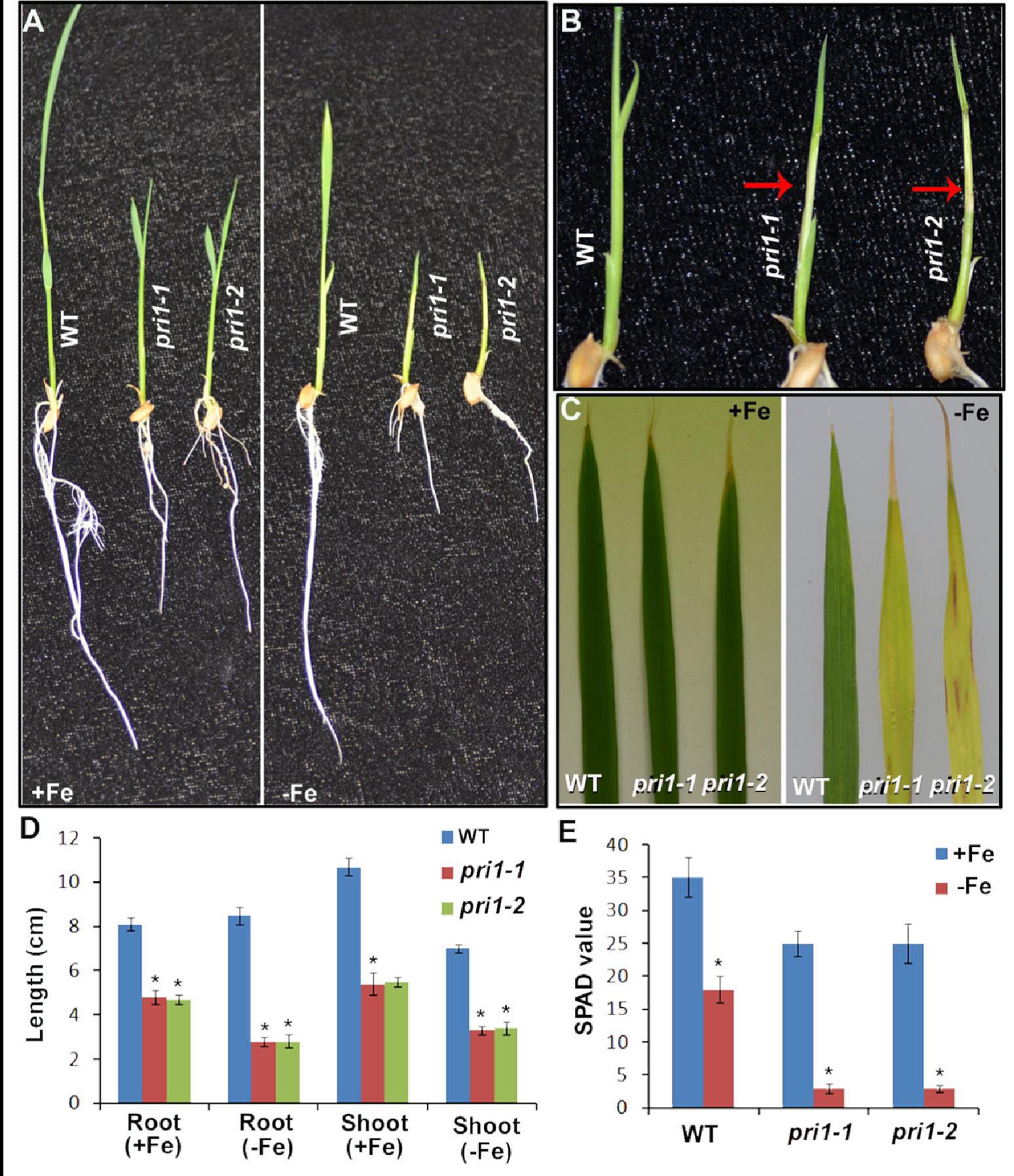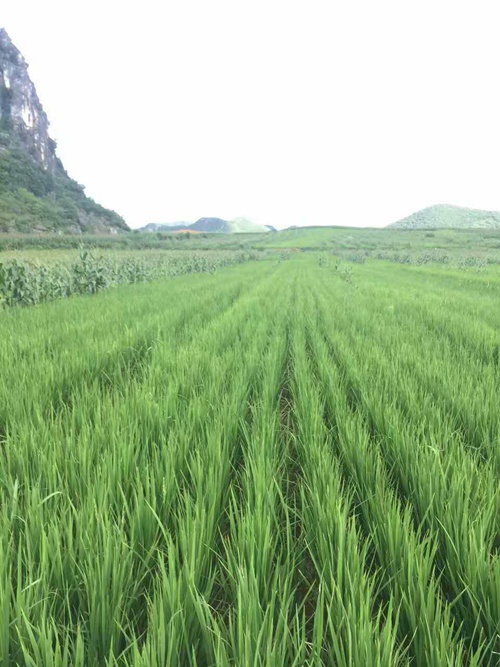Iron (Fe) is an essential mineral for plant growth and development. Although Fe is the second most abundant metal in the earth, plants are often exposed to Fe deficiency. It is unclear how rice senses external and internal Fe contents and regulates the expression of Fe-homeostasis–associated genes.
Identifying and characterizing the substrates of OsHRZ1 [HEMERYTHRIN MOTIF-CONTAINING REALLY INTERESTING NEW GENE (RING)-AND ZINC-FINGER PROTEIN 1] and OsHRZ2 may provide novel insights into rice responses to Fe deficiency.
Prof. YU Diqiu and his team of Xishuangbanna Tropical Botanical Garden (XTBG) identified a basic helix-loop-helix (bHLH) transcription factor as an interacting partner of OsHRZ1. They named it as POSITIVE REGULATOR OF IRON HOMEOSTASIS 1 (OsPRI1).
They found that OsPRI1 was ubiquitously expressed. Loss-of-function mutation to OsPRI1 resulted in enhanced sensitivity to iron deficiency and impaired iron translocation from the roots to the shoots. OsPRI1 affected the transcriptional regulatory network associated with rice responses to Fe deficiency.
Further analysis confirmed that OsPRI1 bound to the promoters of OsIRO2 and OsIRO3 to activate expression. OsPRI1 might be regulated at the post-transcriptional level under Fe-deficient conditions (e.g., altered OsPRI1 protein abundance or activity).
Moreover, the stability of OsPRI1 was negatively correlated with OsHRZ1 production. The hrz1-2 seedlings were insensitive to Fe-deficient conditions. When the pri1-1 (homozygous pri1 mutant) mutation was introduced into hrz1-2 mutants, the pri1hrz1 double mutant was more sensitive to Fe deficiency than the hrz1-2 mutant. The expression levels of Fe-deficiency-responsive genes were lower in the hrz1pri1 double mutant than in the hrz1-2 mutant.
The results revealed that OsPRI1 functioned downstream of the Fe-binding sensor OsHRZ1 and directly controlled the expression of OsIRO2 and OsIRO3 for iron homeostasis in rice.
The study entitled “POSITIVE REGULATOR OF IRON HOMEOSTASIS 1 (OsPRI1) positively regulates iron homeostasis in rice” has been published online in Plant Physiology.
Contact
LIANG Gang, Ph.D Principal Investigator
Key Laboratory of Tropical Plant Resources and Sustainable Use, Xishuangbanna Tropical Botanical Garden, Chinese Academy of Sciences, Menglun 666303, Yunnan, China
E-mail: lianggang@xtbg.ac.cn

Phenotypes of OsPRI1 loss-of-function mutants. (Images by ZHANG Huimin)

Paddy rice experiment field. (Image by ZHANG Huiin)


